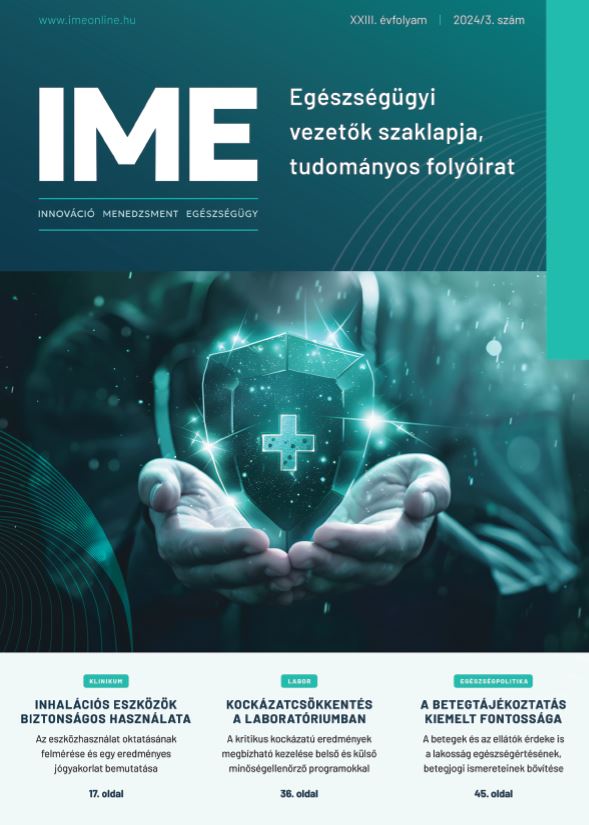Trendek, kihívások és válaszok a szemészeti ellátás közfinanszírozásában 2008-tól napjainkig, Magyarországon
Absztrakt
A szemészeti ellátás nem tartozik a kiemelt prioritású egészségügyi ellátások közé (nem szerepel a haláloki statisztikában) mégis szinte mindenki életében idővel nagy szerepet játszik az életminőség megőrzésében az életkor előrehaladtával. Közép-Kelet-európai egyetemek kutatói a Visegrad Fund (V4) keretében pályázott kis összegű támogatásból 2010-2021. között a Visegrádi országokra vonatkozóan szisztematikus elemzést végeztek és összehasonlították a szemészeti ellátások finanszírozási módszereit és trendjeit. Az elemzések 6 féle szembetegségre, illetve kezelésre terjedtek ki: szürkehályog (cataracta) műtétek, zöldhályog (glaucoma) kezelés, időskori makula degeneráció (AMD), cukorbeteg (diabetic) makula ödéma (DME) kezelése (intravitrealis injekciók), vitrectomia (PPV), valamint szaruhártya átültetés (KP, cornea transzplantáció). Az elemzések egyik fő célja az volt, hogy megfelelő tanulságokkal, jó gyakorlatokkal szolgáljanak ukrán finanszírozási szakemberek számára, akik hasonló finanszírozási és ellátásfejlesztési programon dolgoznak. Jelen tanulmány célja annak bemutatása, hogy a szemészeti ellátások területén a projekt keretében milyen meghatározó trendeket, kihívásokat tártunk fel a visegrádi országokban, és ez alapján milyen egészségpolitikai és egészségbiztosítási finanszírozási feladatokat fogalmazhatunk meg a döntéshozók számára Magyarországon a következő évekre vonatkozóan.

This work is licensed under a Creative Commons Attribution-NonCommercial-NoDerivatives 4.0 International License.




